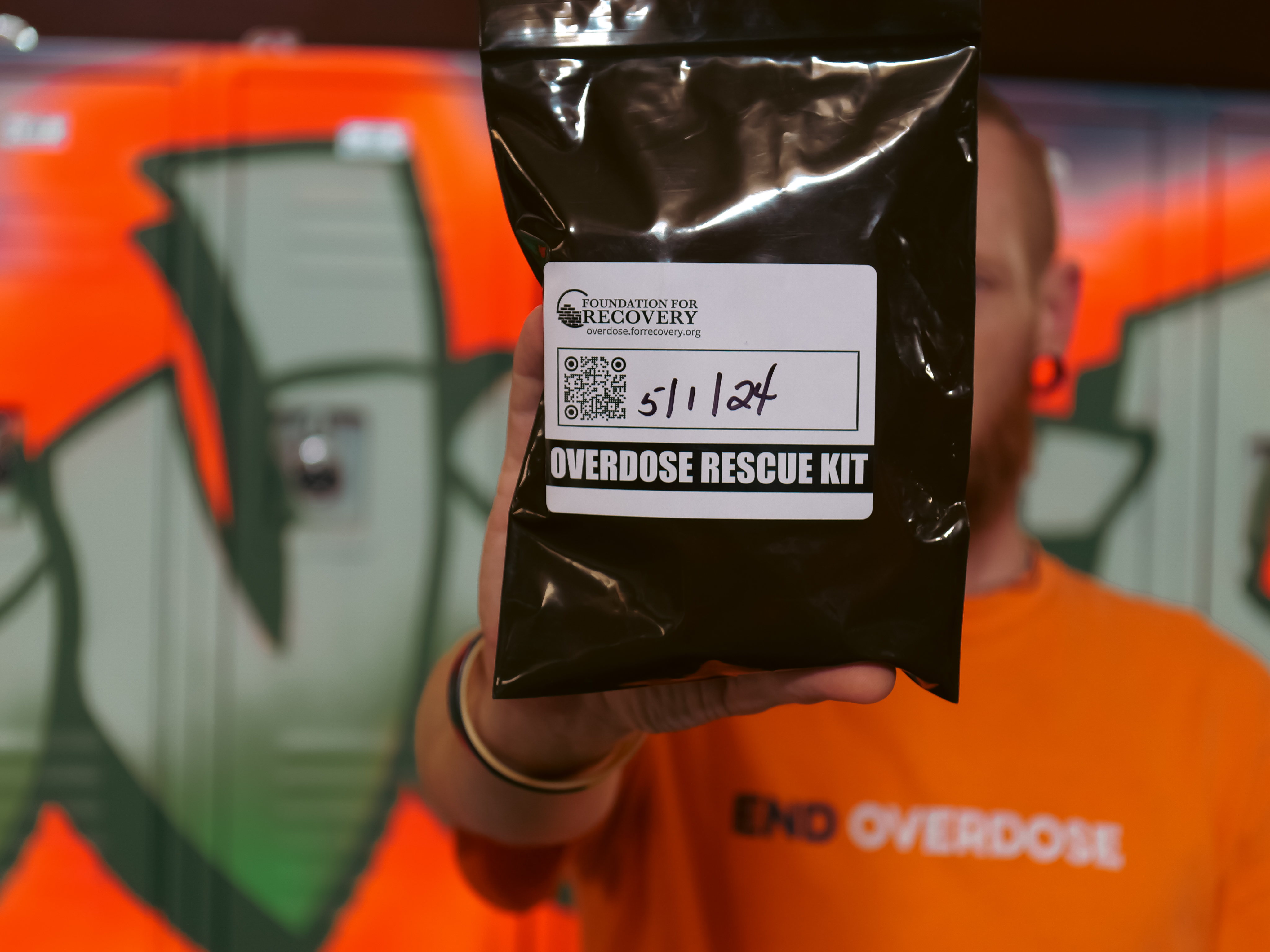
As the Maui wildfires’ death toll approaches 100—and is expected to increase—Hawaii’s governor ordered an official review amid criticism that government officials didn’t do enough to save lives.
Maui County officials have been criticized for failing to activate sirens to warn the population about the flames last week despite the state’s comprehensive emergency warning system for natural disasters. The New York Times confirmed that the island did not activate any of the 80 warning sirens.
[time-brightcove not-tgx=”true”]On Friday, Hawaii’s attorney general announced an investigation into the decision-making related to the Maui fires, including the choice to not sound the alarms. The Hawaii Emergency Management Agency spokesman confirmed last week that they were not activated and added that sirens alone—without additional information—would not have been enough information for residents to evacuate. There are roughly 1,600 people in evacuation shelters on the island, the governor said on Aug. 13. Airlines have evacuated more than 32,000 people, per NBC News.
The wildfires, which destroyed most of the historic town of Lahaina, have been the deadliest in the U.S. in more than a century. County officials had previously been warned by wildlife researchers that dangerous blazes could occur.
Read More: Why the Maui Wildfire Was So Deadly
In an interview with CBS on Monday, Hawaii Governor Josh Green suggested researchers will probably take about 10 more days to search for casualties and expect to find the remains of 10 to 20 people per day until they finish. Green said about 1,300 people were still considered missing and that most of the more than 2,200 structures destroyed by fires were residential. He expressed frustration that there was not a better system to alert residents to leave. The governor said displaced locals had been moved into hotels on Monday and that 500 rooms were available for them and another 500 for workers from the Federal Emergency Management Agency (FEMA).
The federal government has also been involved in relief efforts. FEMA has said that more than 3,000 people have registered for federal assistance and that it has provided $700 to displaced residents for short-term costs such as food, water, and medical supplies. FEMA is also providing temporary housing. Almost 500 federal personnel are on the ground, according to a statement on Tuesday from the Biden Administration.
The Small Business Administration says low-interest disaster loans are available for homeowners, businesses, renters, and non-profits. The Department of Defense said on Aug. 10 it had activated 134 National Guard troops to help state and local officials with wildfire response and search and recovery efforts. The Department of Transportation has said it is evacuating tourists by coordinating with commercial airlines. The U.S. Coast Guard says it has helped saved 17 lives and assisted 40 survivors in getting to shore.
The Biden Administration issued a federal disaster declaration last week and is asking Congress for $12 billion more for the disaster relief fund. President Joe Biden does not currently have plans to visit Hawaii, White House press secretary Karine Jean-Pierre said Monday.
Maui County officials have advised survivors to use bottled water to drink, brush teeth, make ice, and prepare food, because surrounding municipal water systems were destroyed by the fire and may have contaminated the local water supply. “Residents are unable to treat the water in any way to make it safe,” they said. Local officials are also are taking donations, running six emergency shelters, and providing health care services.
Read More: How to Help Those Affected by the Maui Wildfires
Firefighters are still working to contain fires. As of Monday night, the Kula fire was 65% contained, the Lahaina fire is 85% contained, the Pulehu fire is 100% contained, and the Pu’ukoli’i fire has been extinguished, according to a Facebook post from Maui County officials. (Containment does not mean fully extinguished but rather that firefighters have the blaze fully surrounded by a perimeter.)
As of Monday night, power had been restored to 10,400 of the 12,400 customers who lost power in West Maui; that total does not include the roughly 2,000 destroyed homes and businesses.
source https://time.com/6305152/maui-wildfires-government-response-fema/







